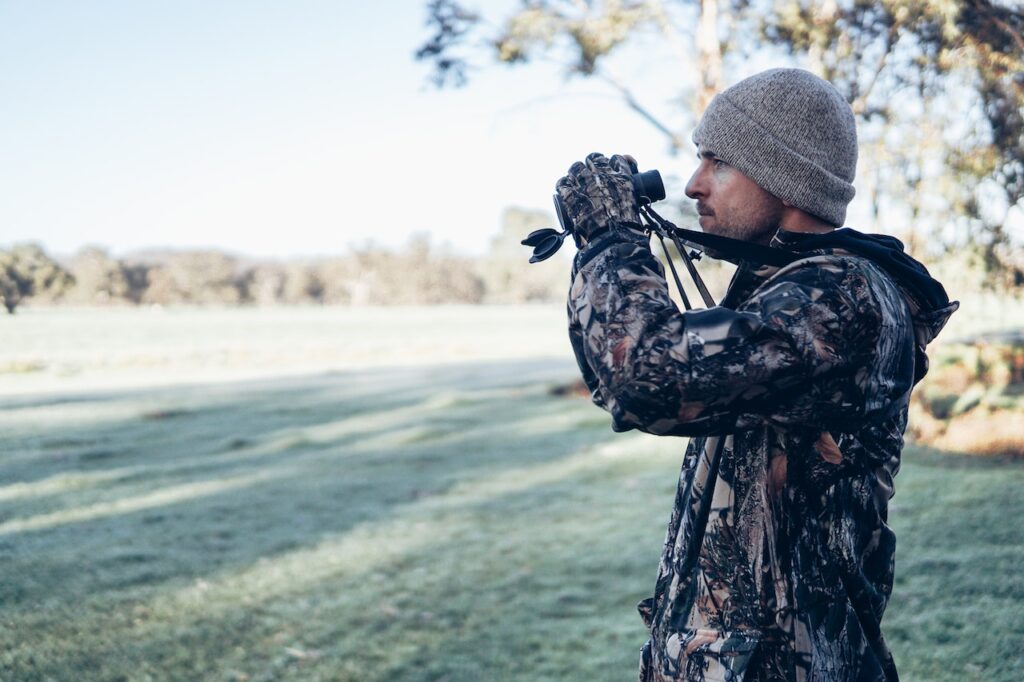For thousands of years, humans have engaged in hunting as a means of subsistence, clothing, and connection to the natural world. While hunting may appear simple, there are many fascinating components to the activity that few people are aware of. This post will explore six facts about hunting wild animals, illuminating the intriguing world of hunters and their interaction with nature.
Ethical Considerations in Modern Hunting
Modern hunters prioritize ethical hunting practices. They follow rules that support ethical hunting, animal care, and environmental preservation. The idea of “fair chase,” which states that hunters allow animals a sporting opportunity to escape, is one of the most important components of ethical hunting. Generally, it is advised against using cutting-edge equipment and strategies that make hunting too simple, like night-vision scopes or baiting.
To guarantee that game animal populations are sustained, ethical hunters also adhere to stringent rules and bag restrictions set by wildlife management organizations. Ethical hunters often utilize tools like a deer feeder to attract game to a specific area. These feeders disperse food gradually, allowing hunters to observe and select their targets. However, deer feeders must be used carefully to prevent overfeeding and changes in the animal’s normal behavior.
The Importance of Conservation in Hunting
Contrary to misconceptions, hunting plays a vital role in wildlife conservation. Through the purchase of hunting licenses and permits, hunters greatly support conservation activities. A substantial portion of conservation funding comes from the excise taxes on hunting gear and ammunition. This money is used to fund anti-poaching campaigns, programs for species recovery, and habitat restoration, all of which help various animals, including game species.
Hunter Education and Safety
Hunting needs knowledge, skills, and safety precautions; it is not a simple activity. Many hunters undergo extensive training to become responsible hunters. Gun safety, animal identification, survival techniques, and hunting ethics are all included in this program. Getting a hunting license requires a hunter education course in certain areas.
Many inexperienced hunters gain knowledge and skills under the direction of seasoned mentors who emphasize the value of moral conduct and conservation principles and teach them the technical aspects of hunting.
Sustainable Harvesting
Sustainability lies at the heart of hunting, underpinned by a meticulous process overseen by wildlife management agencies. These agencies go to great lengths to maintain a delicate balance in the ecosystem. They use techniques including in-depth surveys and data analysis, closely monitoring game animals’ population changes. Hunting quotas are set annually based on this thorough study. These limits are not set at random; rather, they are precisely calculated to protect animal populations’ long-term well-being and viability.
These organizations play a critical role in ensuring that game species continue to live and prosper and in protecting this legacy for future generations by controlling the number of animals that can be hunted yearly.
The Diversity of Hunting Styles
Hunting is a diverse activity that encompasses various styles and methods. Contrary to popular
belief, there are many types of hunting, including bowhunting, trapping, falconry, and even more
conventional ones like spear hunting. The hunting world is more complex since each style has
special difficulties and customs.
Hunting with a bow, in particular, calls for remarkable skill and accuracy. Rather than rifle hunters, hunters must approach their prey considerably closer and more accurately.
The Role of Hunting in Cultural Heritage
Hunting often holds deep cultural and traditional significance for many communities. For instance, hunting as a way of life has a long history among indigenous peoples. These customs frequently include rites and ceremonies that honor the animals and their contributions to society and the land and its resources.
Indigenous hunting practices have historically been sustainable, with a deep-rooted respect for nature and a strong sense of stewardship. Several indigenous populations actively support the protection of animals.
In Conclusion
Hunting is a multifaceted and deeply ingrained practice that extends far beyond pursuing a game. Ethical considerations, conservation efforts, education, and a diverse array of hunting styles all contribute to the rich tapestry of hunting culture. Acknowledging the beneficial contributions hunters make to animal conservation and the significance of upholding moral and environmentally responsible hunting techniques in this age-old tradition is crucial.
So, the next time you hear someone talking about hunting, remember that it’s not only about shooting something; it’s also about appreciating and protecting the environment for future generations.

